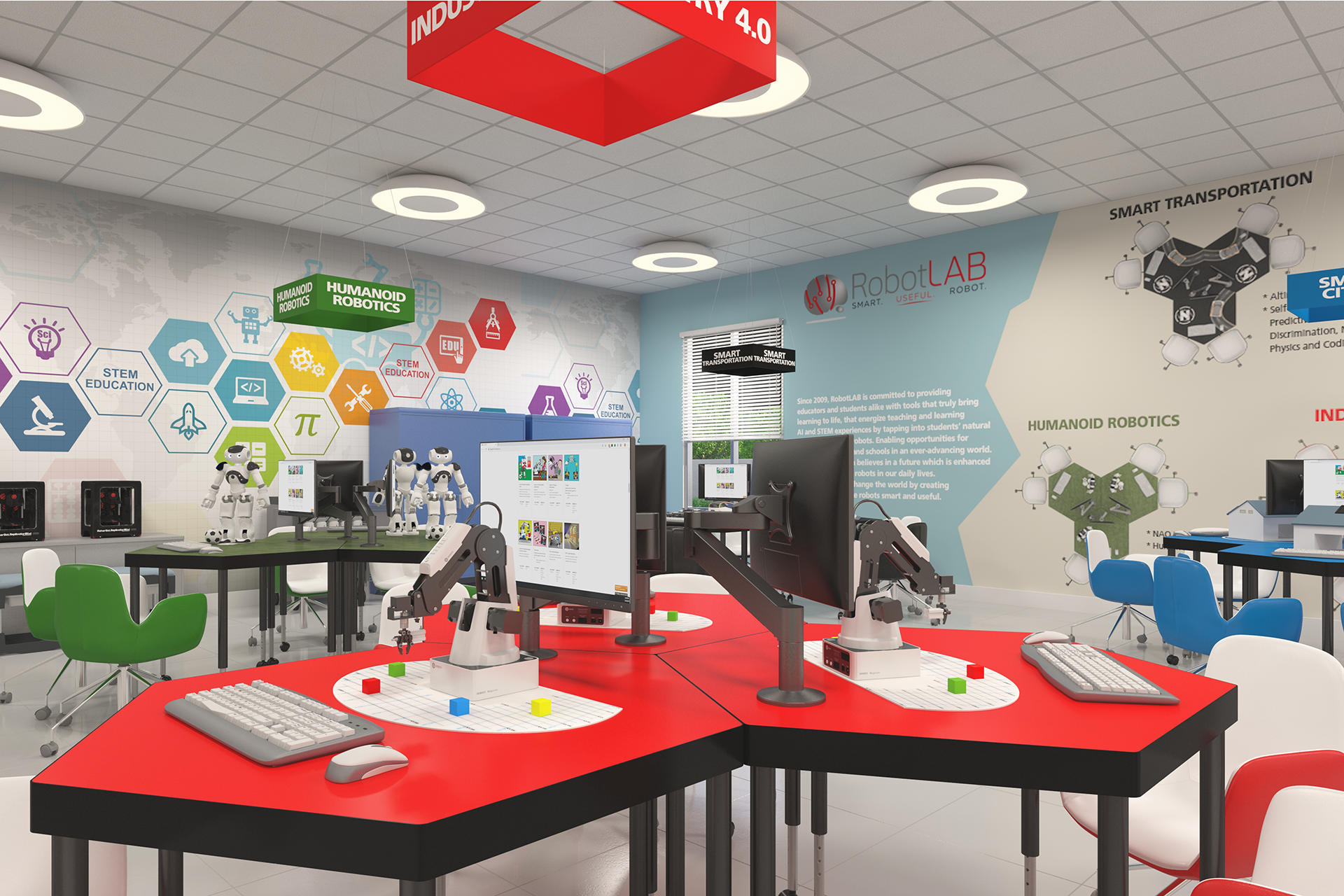3 Reasons why AI Could be Your New Teaching Sidekick
 Photo by Hitesh Choudhary on Unsplash
Photo by Hitesh Choudhary on Unsplash
Artificial Intelligence, or AI, is a relatively new technological advancement becoming increasingly popular in the classroom. There are plenty of reasons for this. For example, AI is much better at explaining and describing abstract concepts to students than actual teachers.
In this article, we will be discussing why AI can be used as a sidekick for teachers in the classroom.
- 0 Comments
- Dec 22, 2020 10:00:00 AM
- Posted by Natalia Galvis
- Topics: EdTech, STEM, Curriculum, teachers, students, Technology, Edchat, Digital Technology, teaching, online, lessons, eLearning
How to Guide Students to a Deep Understanding of Math Concepts
 Photo by Antoine Dautry on Unsplash
Photo by Antoine Dautry on Unsplash
- 0 Comments
- Dec 21, 2020 10:00:00 AM
- Posted by Natalia Galvis
- Topics: EdTech, STEM, Curriculum, teachers, students, Technology, Edchat, Digital Technology, teaching, online, lessons, eLearning
How to Make Virtual STEM Lessons More Engaging for Young Learners
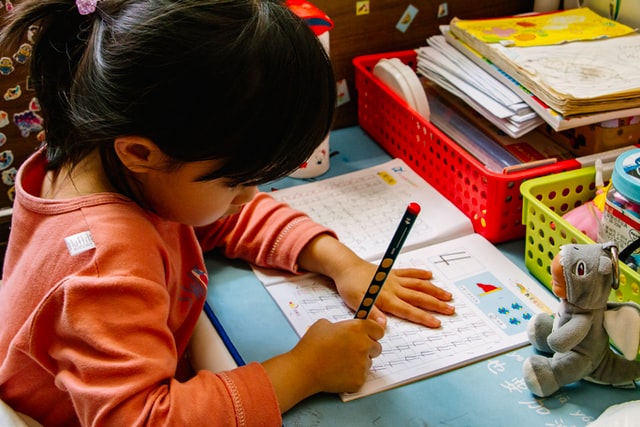 Photo by Jason Sung on Unsplash
Photo by Jason Sung on Unsplash
These easy-to-implement strategies can make science, technology, engineering, and math lessons come alive for elementary students.
- 0 Comments
- Dec 18, 2020 10:00:00 AM
- Posted by Natalia Galvis
- Topics: EdTech, STEM, Curriculum, teachers, students, Technology, Edchat, Digital Technology, teaching, online, lessons, eLearning
COVID learning loss has substantially impacted math gains
 Photo by Jeswin Thomas on Unsplash
Photo by Jeswin Thomas on Unsplash
COVID learning loss, especially in math, presents challenges for students and educators moving forward.
- 0 Comments
- Dec 17, 2020 10:00:00 AM
- Posted by Natalia Galvis
- Topics: EdTech, STEM, Curriculum, teachers, students, Technology, Edchat, Digital Technology, teaching, online, lessons, eLearning
6 Ways to Create Engagement During Online Learning
By Devin Partida
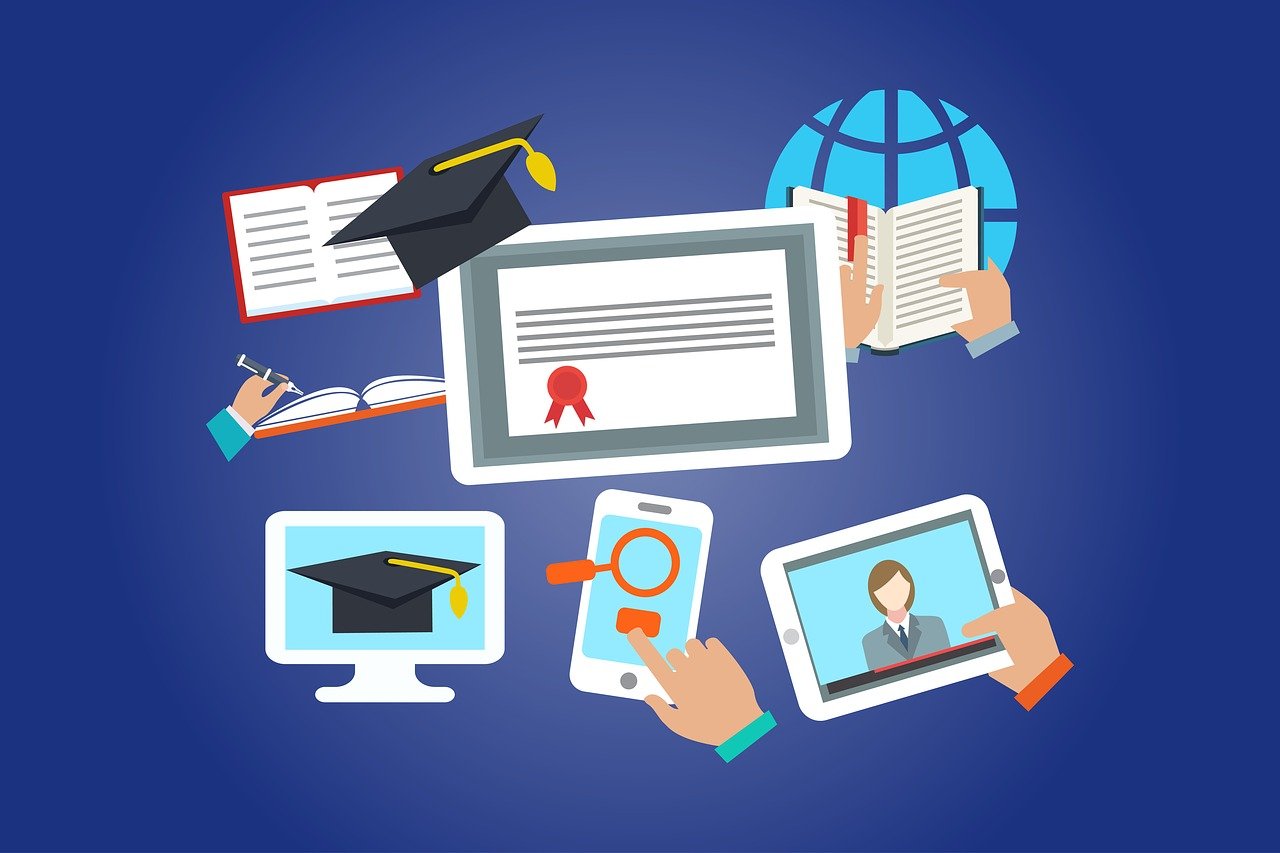 Image by Mudassar Iqbal from Pixabay
Image by Mudassar Iqbal from Pixabay
Online education has already made many advancements in the past year. With more schools than ever going online, it’s important to think about new ways to engage your students and keep them learning at the top of their game, even without the benefit of an in-person classroom.
While learning online may not have all the same features of an in-person school, there’s a lot you can do to make the experience beneficial for all your students.
- 0 Comments
- Dec 16, 2020 10:00:00 AM
- Posted by Natalia Galvis
- Topics: EdTech, STEM, Curriculum, teachers, students, Technology, Edchat, Digital Technology, teaching, online, lessons, eLearning
'The Robot made me do it': Robots Encourage Risk-taking Behaviour in People
 Image source by: University of Southampton
Image source by: University of Southampton
New research has shown robots can encourage people to take greater risks in a simulated gambling scenario than they would if there was nothing to influence their behaviours. Increasing our understanding of whether robots can affect risk-taking could have clear ethical, practiCal and policy implications, which this study set out to explore.
- 0 Comments
- Dec 15, 2020 10:00:00 AM
- Posted by Natalia Galvis
- Topics: EdTech, STEM, Curriculum, Pepper, teachers, students, programming, Technology, Edchat, Digital Technology, teaching, online, lessons, eLearning
3 Ways Online STEM Education Combats the COVID slide
By Michael Bodekaer Jensen.
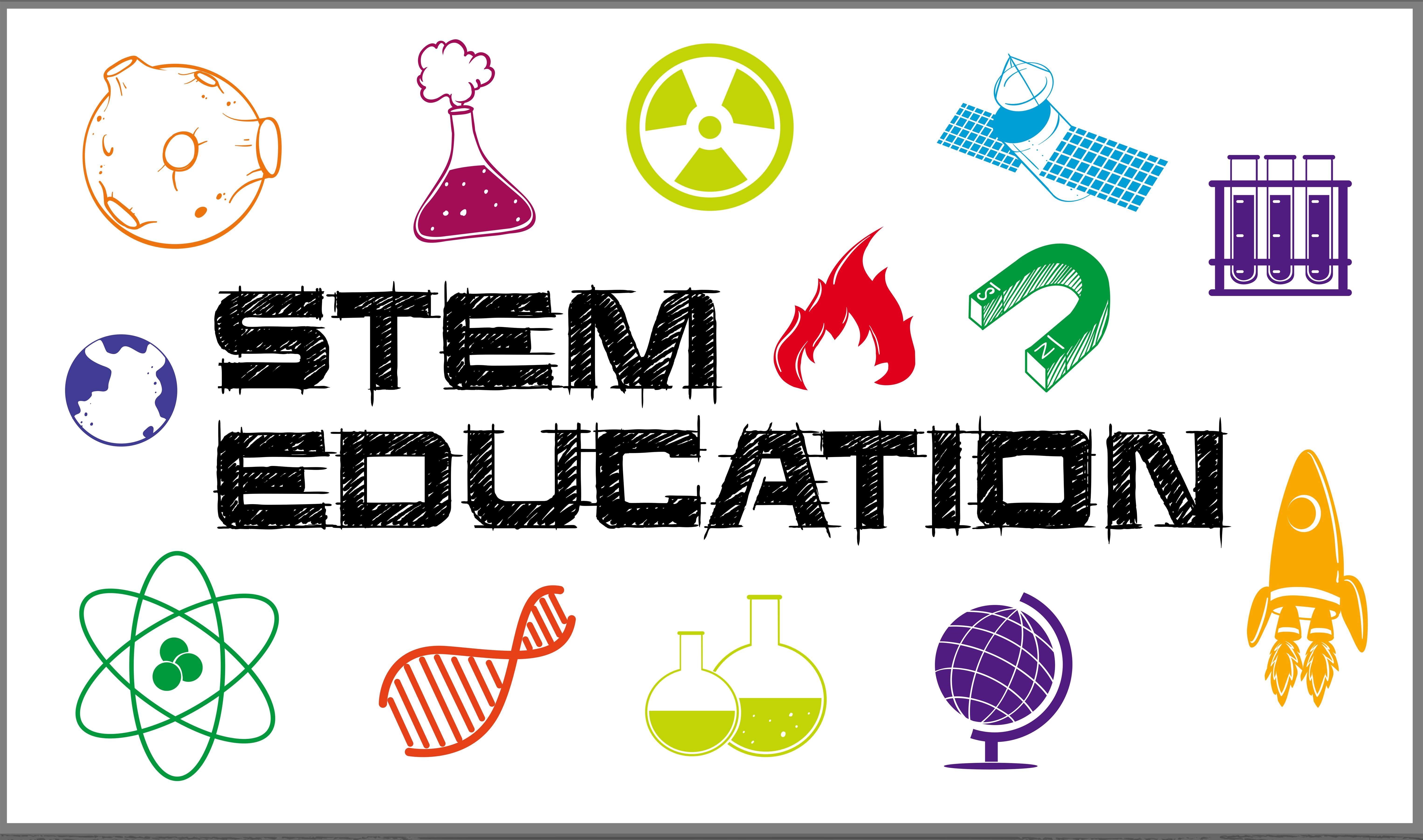 Image by: https://www.vecteezy.com/
Image by: https://www.vecteezy.com/
Learning may have moved online for most students, but critical STEM education doesn't have to suffer the learning gaps brought on by the COVID slide--here's why
- 0 Comments
- Dec 14, 2020 10:00:00 AM
- Posted by Natalia Galvis
- Topics: EdTech, STEM, Curriculum, teachers, students, Technology, Edchat, Digital Technology, teaching, online, lessons, eLearning
Station Ideas You'll Want for Your STEM Classroom
Some STEM teachers do it naturally.
They seem to have a sixth sense about how to design and implement STEM classroom learning centers. These teachers are brilliant when it comes to thinking up centers that their students can’t wait to use. Learners are actively involved in explorations that spark curiosity, and the excitement of learning is palpable.
The room is abuzz with on-task conversation, and none of the students are off-task. To top it off, the teacher is relaxed while facilitating student learning. This is the kind of environment you’d like in your own classroom.
What if creating classroom learning centers for STEM was easy?
- 0 Comments
- Dec 11, 2020 10:00:00 AM
- Posted by Natalia Galvis
- Topics: EdTech, STEM, Curriculum, teachers, students, Technology, Edchat, Digital Technology, teaching, online, lessons, eLearning
AI is only Part of the Future
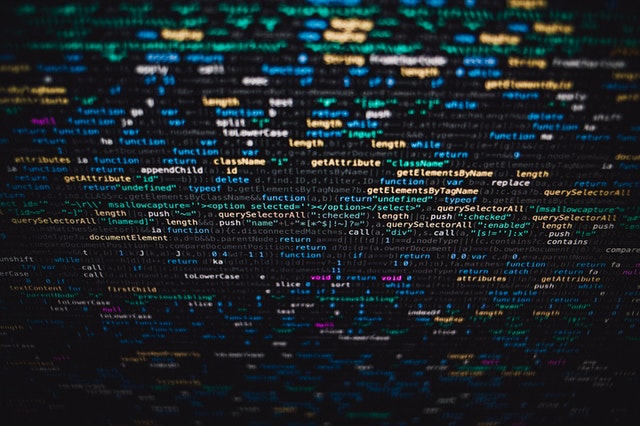 Photo by Markus Spiske from Pexels
Photo by Markus Spiske from Pexels
Artificial intelligence is already a part of schools everywhere. You find it in customized lessons taught via computer, data-management software, predictive and prompted emails, and adjustments in climate-controlled buildings.
AI also has begun to permeate instruction, with interactive robots and curriculum built around STEM fields. In short, AI is changing the face of education.
- 0 Comments
- Dec 10, 2020 10:00:00 AM
- Posted by Natalia Galvis
- Topics: EdTech, STEM, Curriculum, Artificial Intelligence, teachers, students, Technology, Edchat, AI, Digital Technology, teaching, online, lessons, eLearning
Why Every School Should Have a Robotics Curriculum
By Coder Z
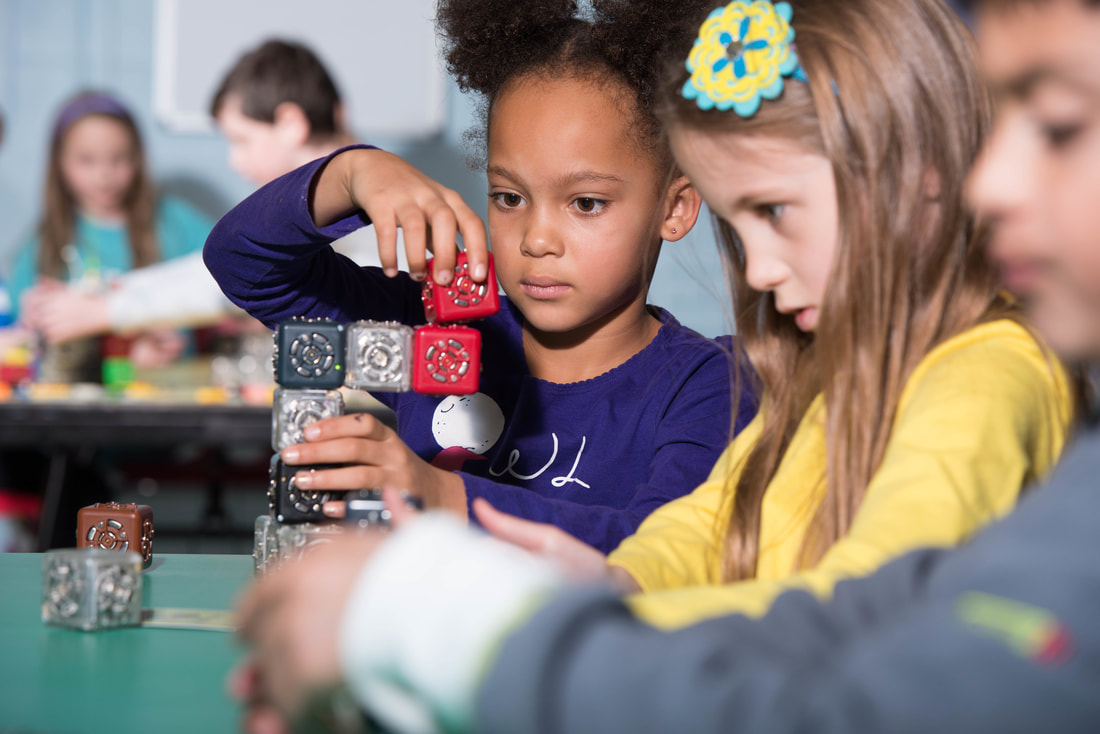 Image source: https://www.modrobotics.com/
Image source: https://www.modrobotics.com/
Everything evolves. We witness evolution constantly. Technology, human relationships, hierarchies structures, and even the way we interact with nature, is constantly evolving.
For that reason, it becomes hard to see critical aspects of our daily life that aren’t evolving at the speed of some other items. Many areas of our lives are stuck in a model that has been around for several decades. We haven’t even tried to make some tiny changes in these aspects, which change from one person to the other, in order to test what would happen.
We do see, for example, that schools are walking a different path. Trying to incorporate the necessary spaces, subjects or tools that will help their current students to become the leaders of a world that is, as we mentioned before, constantly evolving.
But which kind of programs can allow kids in school to explore, to try new things, and to develop numerous skills that are going to assist them in conquering the world in the near future? What are the subjects we should work on to become the architects of a positive and transcendental revolution?
- 0 Comments
- Dec 9, 2020 10:00:00 AM
- Posted by Natalia Galvis
- Topics: EdTech, STEM, Curriculum, teachers, students, Technology, Edchat, Digital Technology, teaching, online, lessons, eLearning
Relevant Posts
Popular Posts
Subscribe to Email Updates
-
I Want To Learn MoreADDITIONAL INFORMATION


